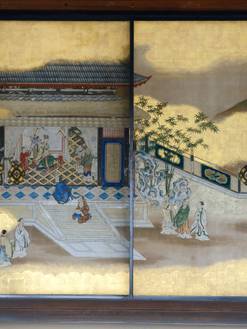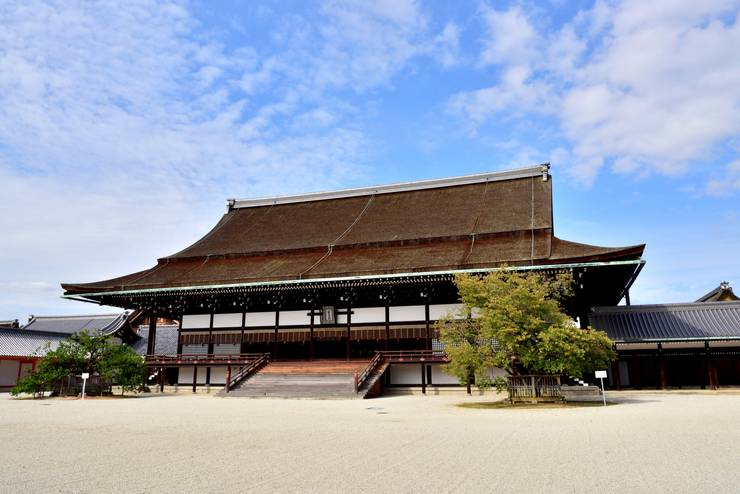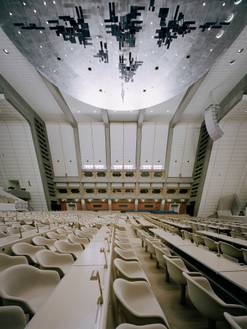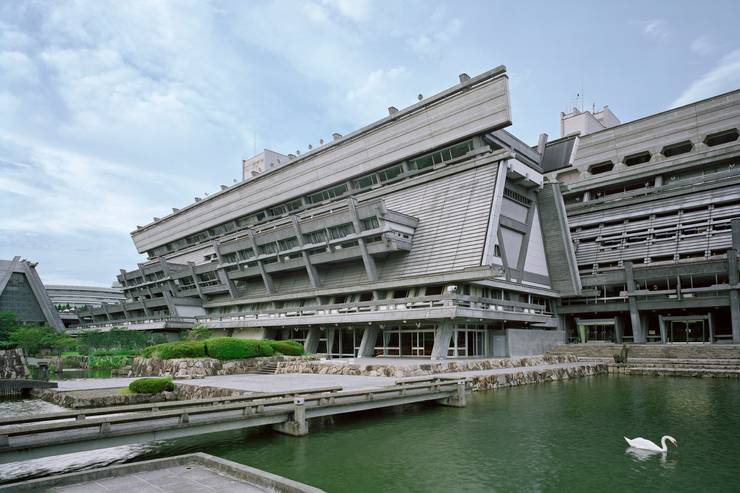Kyoto travel guide
Architecture
Kyoto was largely spared the wartime bombing that devastated so many Japanese cities, and has more exquisite temples and gardens than you could visit in a lifetime. Although the city has guarded its religious legacy with devotion, developers weren’t always so kind to its residential architectural heritage.


Kyoto Imperial Palace, North
Unlike other Imperial properties in Kyoto, this one doesn’t require tickets – visitors are free to enter the grounds daily, apart from Mondays and when functions are held. The palace sits in the Kyoto Gyoen National Garden, where, until 1868 (when the capital was moved to Tokyo), it was home to the emperor. The current palace was built in 1855 and comprises several buildings. The surrounding park hosts the Sento Imperial Palace, the Kyoto State Guesthouse and the Kaninnomiya Residence.
3 Kyotogyoen, Kamigyo-ku+81 (0)75 211 1215
sankan.kunaicho.go.jp


Kyoto International Conference Centre, Northeast
Fans of modern Japanese architecture and design are in for a treat at this conference centre – the first built in Japan – set on Lake Takaragaike, with Mount Hiei as a backdrop. Designed by Sachio Otani and completed in 1966, the building has a startling trapezoidal concrete form that references Shinto shrines and A-frame houses. The interior and furniture are the work of pioneering designer Isamu Kenmochi, who drew inspiration from traditional Japanese crafts and materials. Visitors can walk around the grounds but for an in-depth view don’t miss the 1967 tea-ceremony house, Hoshoan, and the adjacent Grand Prince Hotel Kyoto, designed by Togo Murano.
422 Iwakura Osagicho, Sakyo-ku+81 (0)75 705 1229
icckyoto.or.jp
Images: Getty images, Dreamstime

